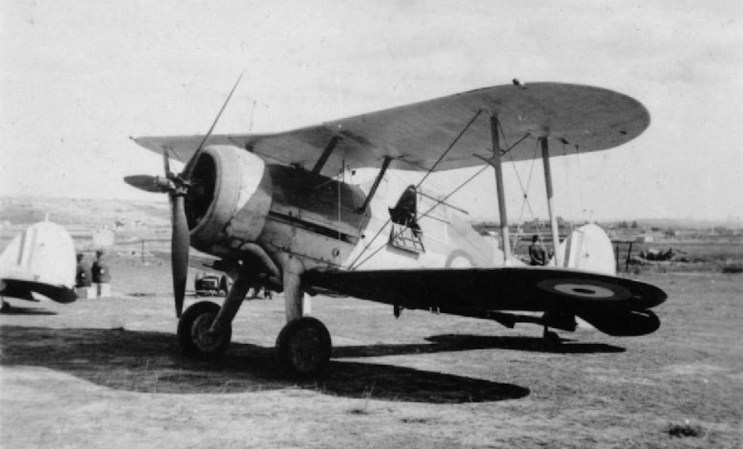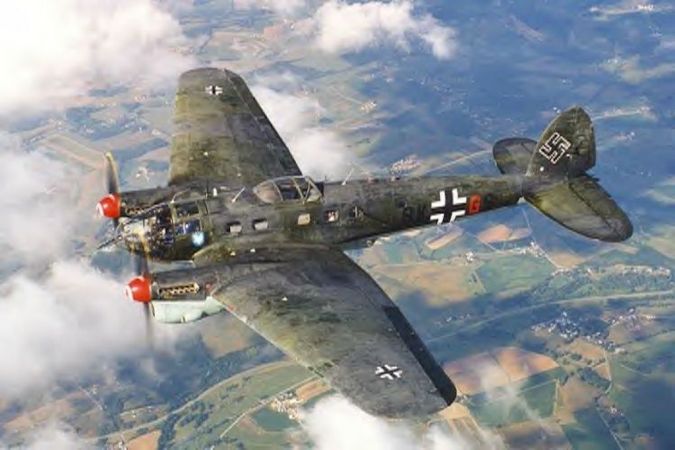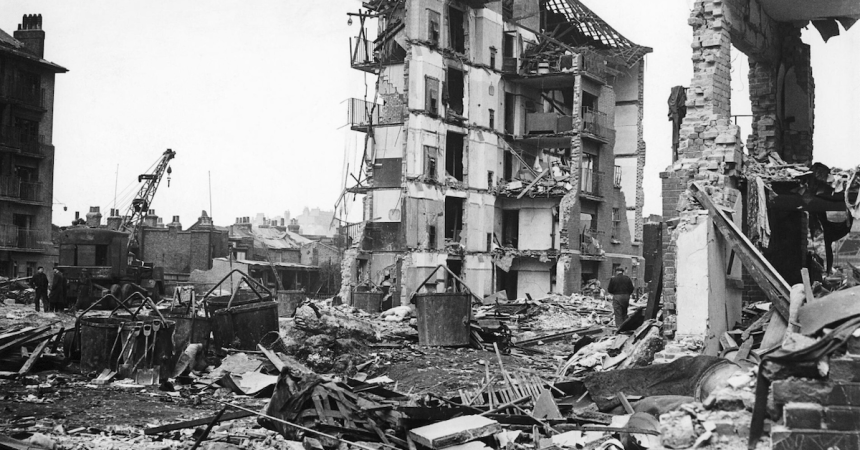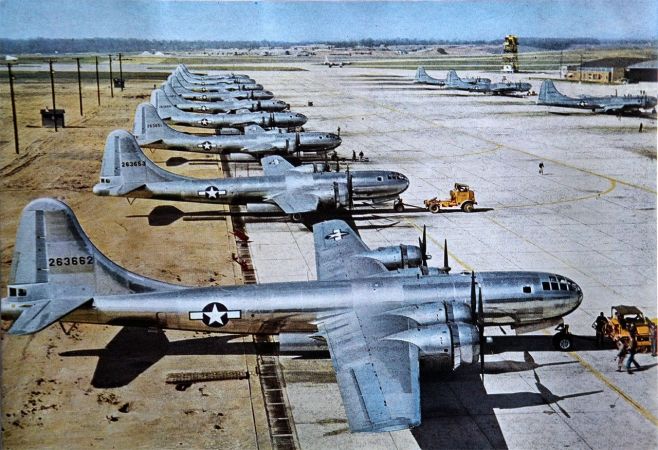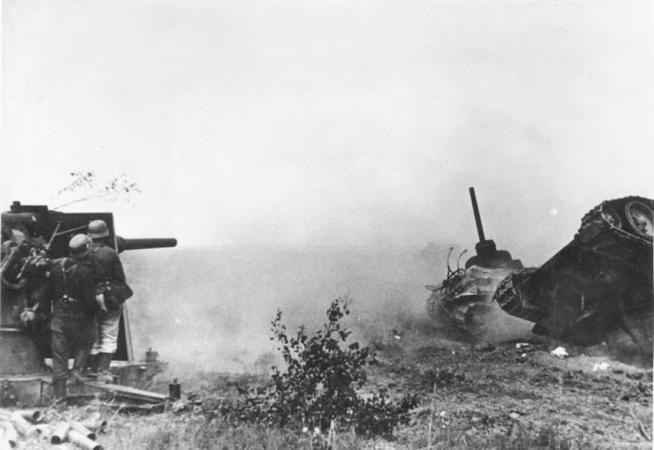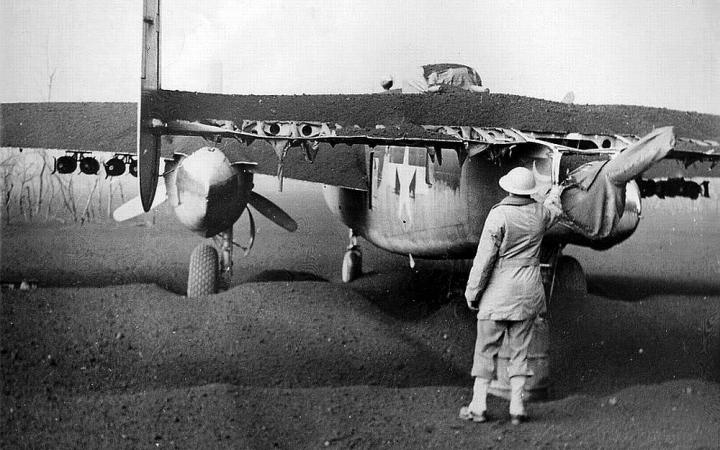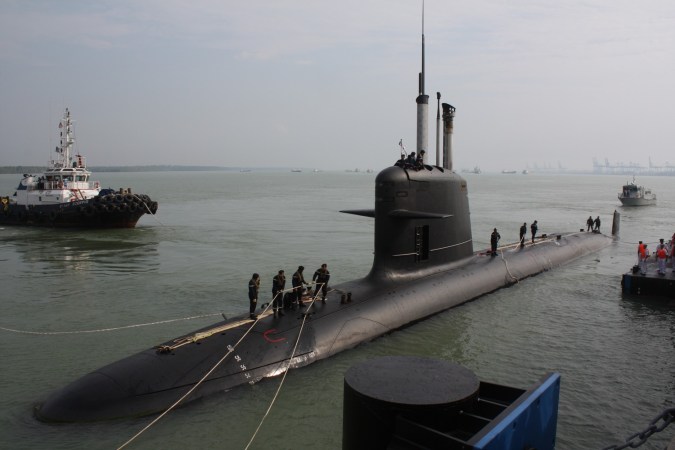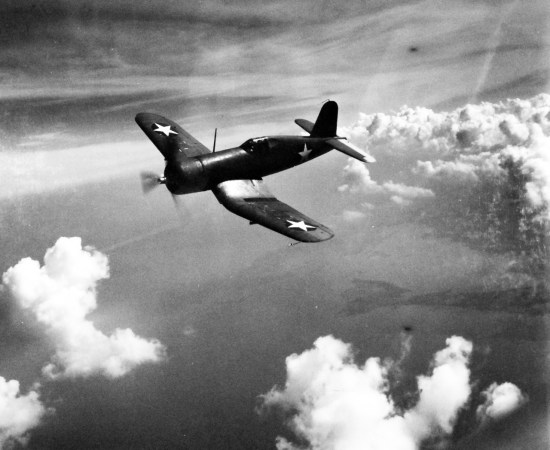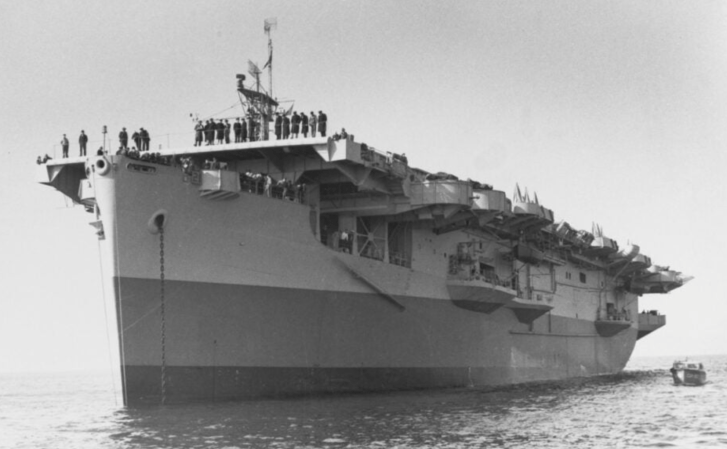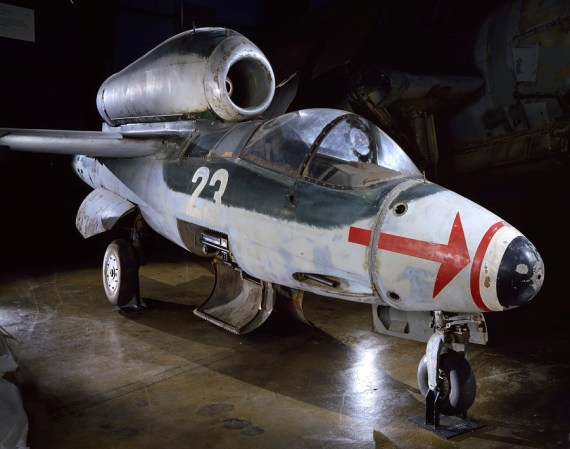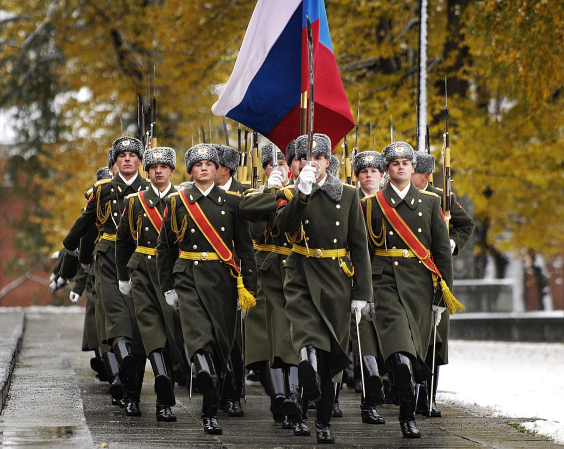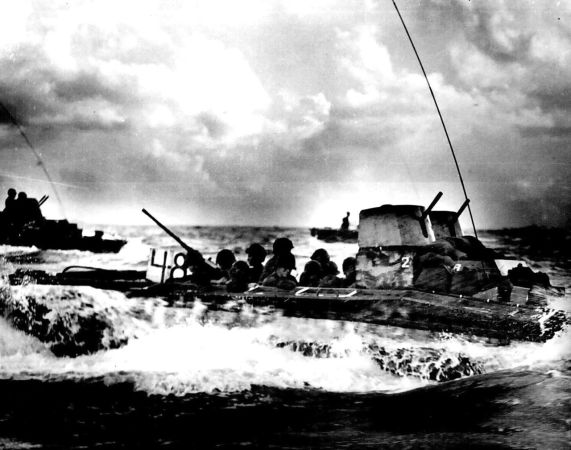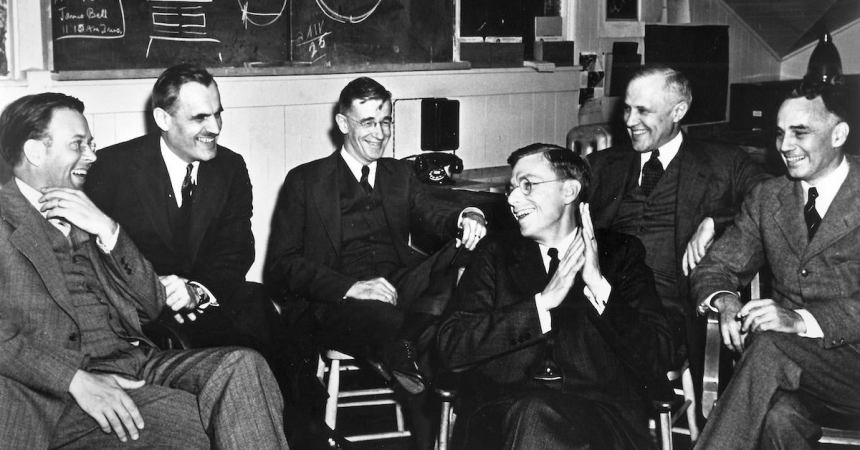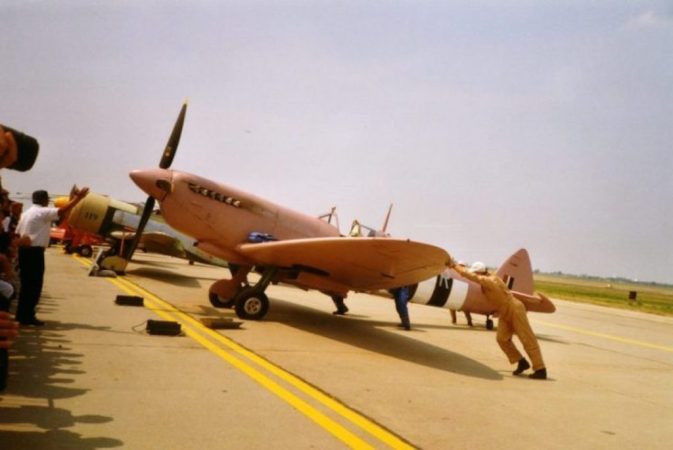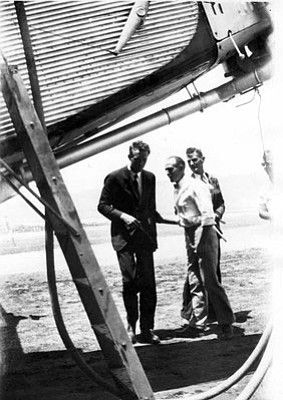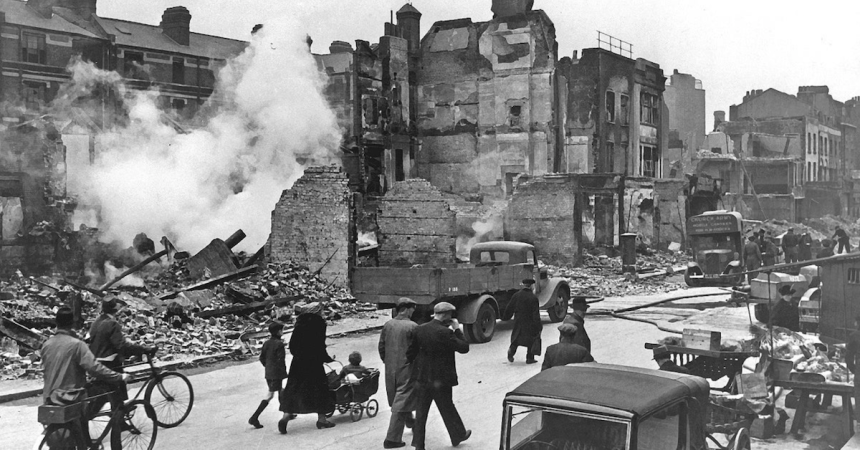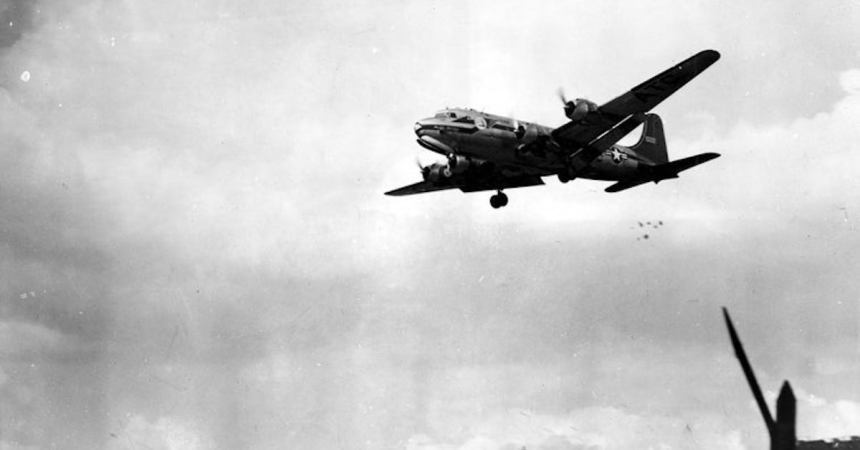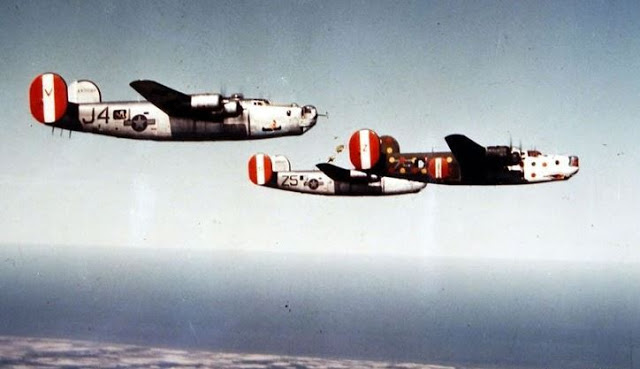Amidst the last months of World War II from February 13-15, 1945, Allied armies bombed the historic city of Dresden in eastern Germany. The Dresden Firebombing is viewed as a PR nightmare or, better yet, controversial since it was neither crucial to German wartime manufacturing nor was it a leading industrial center.
Before the big air raid of February 1945, the city had not experienced a significant Allied attack. By the end of February 15, the city was a smoldering ruin, and an unspecified number of civilians, approximately 20,000, were dead.
Firebombing is a method designed to damage a target, usually an urban region, through the fire initiated by incendiary materials instead of the blast effect of huge bombs.
The bombing of Dresden

Before the Dresden bombing in 1945, a report documented Dresden as a possible bombing target. The report concluded by noting that Dresden is an unpleasant blitz objective compared to other towns of similar size. Dresden was an old city and had barely been touched by air attacks. Although the tonnage of bombing in Dresden was low compared to other cities, the attack on it was more devastating.
For the better part, it was unprotected, with no anti-aircraft guns. On February 13, thousands of RAF bombers descended on Dresden in double waves, dropping their lethal load aimlessly over the city. The city’s air defenses were entirely weak. Only six Lancaster bombers were shot down. By the following day, 800 British bombers had dumped more than 1,400 tons of powerful explosives.
Also, more than 1,100 tons of incendiaries were dropped on the city, making a massive firestorm that destroyed most of the city and slain many civilians. Later that day, 300 United States bombers started bombing Dresden’s bridges, railways and transportation facilities, adding to the death toll. On February 15, an additional 200 United States bombers continued their attack on Dresden’s infrastructure.
In early 1945, German troops were believed to be moving through Dresden from the west to the east to combat the developing advancing Soviet Army. Winston Churchill and his war cabinet claimed that this factor qualified Dresden as a tactical target. He viewed the aspect of bombing the city as an opportunity to possibly stop the German troops’ flow and hasten the advance of the Soviet Army into Germany, simultaneously helping the Russian war effort.

Why Dresden firebombing was simply a PR nightmare
The “Big Three” Allied advisors, United States President Franklin Roosevelt, Soviet Premier Joseph Stalin, and British Prime Minister Winston Churchill met at Yalta from February 4-11 in the USSR to negotiate their ideas for the postwar world. They focused on deciding on which German region would be dominated by which power, and not enough time was provided for military matters in the war against the Third Reich.
Nevertheless, Roosevelt and Churchill promised Stalin to continue their firebombing campaign against eastern Germany as groundwork for the developing Soviet forces. The Allied forces insisted that by bombing Dresden, they were interrupting vital communication lines that would have impeded the Soviet offensive. Also, the Royal Air Force briefing notes show that there was a desire by the Allies to show the Soviets the capability of bomber commands.
This statement may hold some truth; however, there is no running away from the fact that the British incendiary attack was also directed, if not mainly, for the role of terrorizing the German population and compelling an immediate surrender.
Since there were an unidentified number of refugees in Dresden at the Allied raid, it is challenging to know precisely how many civilians died.



